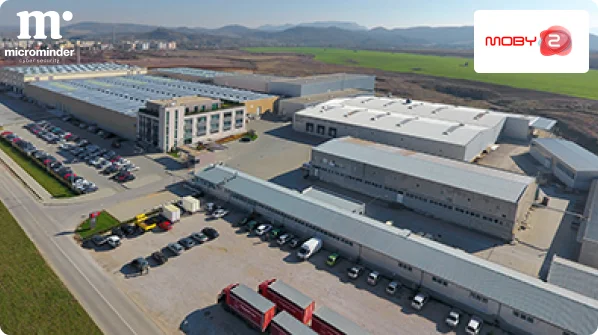Why Autonomous Vehicles Need Layered Cyber Defense
Unlike traditional systems autonomous vehicles interact with countless digital entities including cloud platforms, roadside sensors, navigation services and also other AV's. It is the interconnectedness that demands a multilayered cybersecurity approach to the same. By multilayer it means that the approach should be able to span and cover all the entities of the system like the software, hardware and last but not the least human behaviour.
The first and foremost thing that needs to be protected is data confidentiality and system integrity. It is not that simple as autonomous vehicles deal with a lot of sensitive data such as user identities, travel patterns, and real-time sensor feeds. A cybersecurity breach in any area can compromise the safety and privacy of the entire system. Not just that , ensuring availability is crucial and any downtime or disruption in decision making systems can endanger lives.
Unlike traditional systems autonomous vehicles interact with countless digital entities including cloud platforms, roadside sensors, navigation services and also other AV's. It is the interconnectedness that demands a multilayered cybersecurity approach to the same. By multilayer it means that the approach should be able to span and cover all the entities of the system like the software, hardware and last but not the least human behaviour.
The first and foremost thing that needs to be protected is data confidentiality and system integrity. It is not that simple as autonomous vehicles deal with a lot of sensitive data such as user identities, travel patterns, and real-time sensor feeds. A cybersecurity breach in any area can compromise the safety and privacy of the entire system. Not just that , ensuring availability is crucial and any downtime or disruption in decision making systems can endanger lives.
The key to a safe and happy system is security by design. This means that security controls need to be integrated at every development phase from secure coding and hardware hardening to identity management and encryption. The mechanisms used for authentication and access controls must extend to every vehicle component. Secure OTA updates and rollback capacities should also be implemented to maintain the integrity of the operation.
Autonomous vehicles also need runtime security. This means that solutions should be able to detect and respond to any sort of anomalies in real-time. Our team at Microminder’s can support automotive clients with embedded intrusion detection systems (IDS), digital twin monitoring, and zero-trust frameworks that isolate critical functions from auxiliary systems.
One thing that we need to understand is that vehicle network security in autonomous vehicles is not just about risk mitigation but it also deals with operational continuity, user confidence and global automotive cybersecurity standards. It is with this philosophy in our mind that we build a cybersecurity strategy into every engagement of the automobile system and thus ensure that clients don't just meet baseline compliance instead exceed it.
Read More +
Read Less -





































 310 reviews on
310 reviews on 









